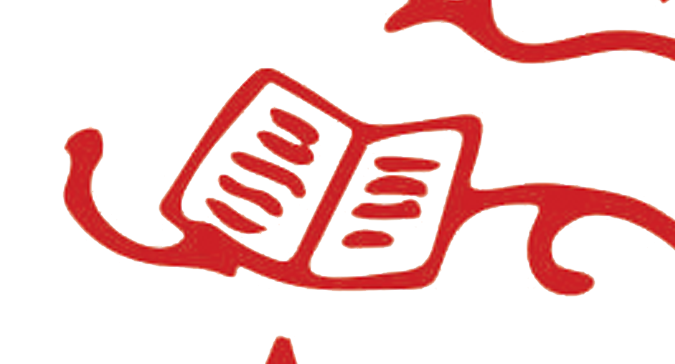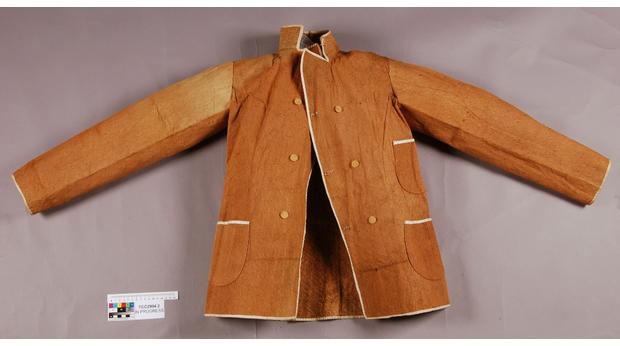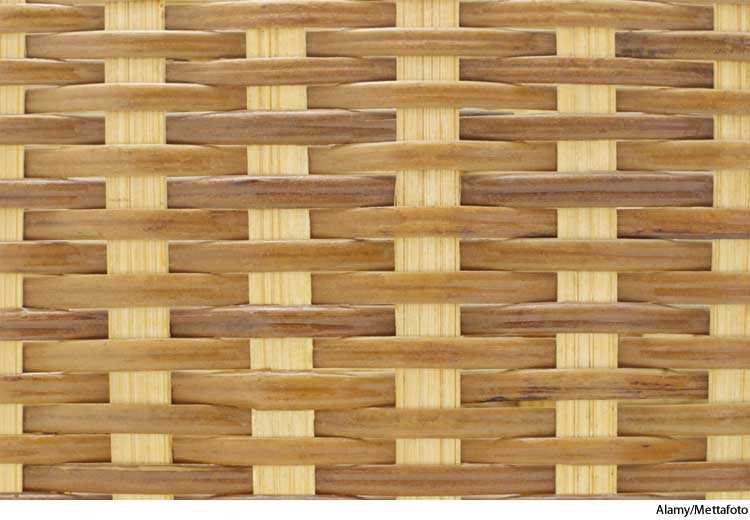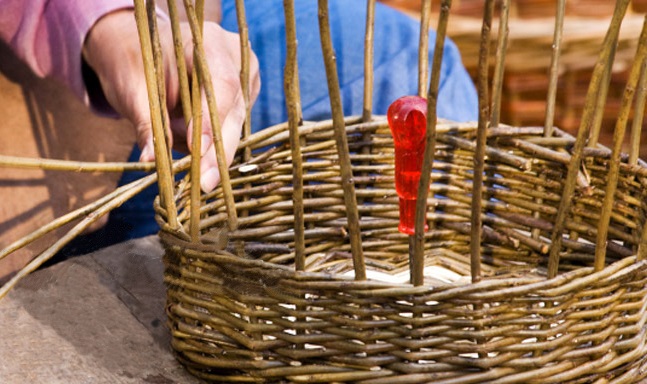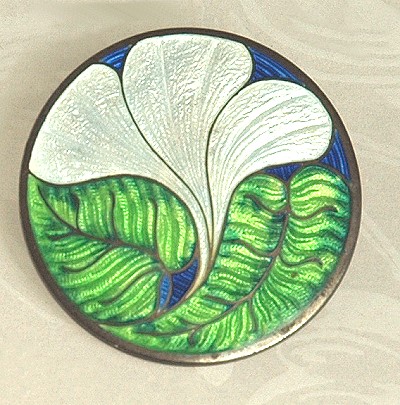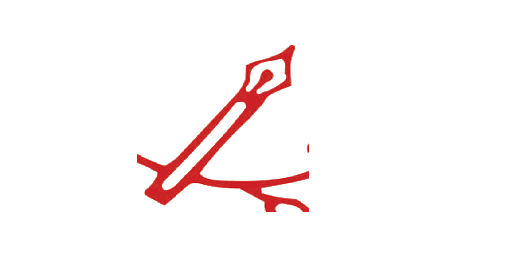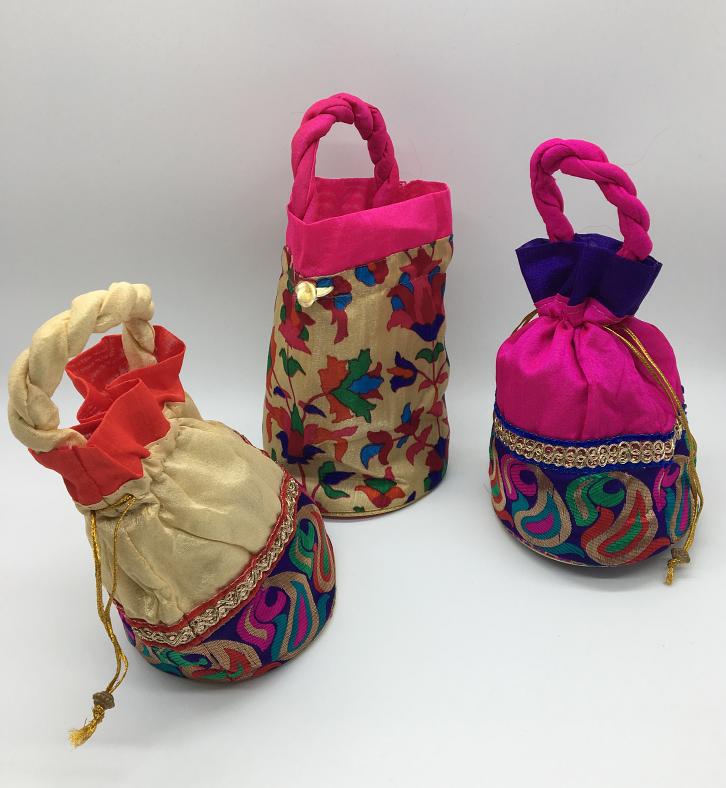Bark-cloth,
Smooth fabric made from a fibrous plant substance, usually inner bark or bast, which is softened, flattened and felted by soaking and beating.
Smooth fabric made from a fibrous plant substance, usually inner bark or bast, which is softened, flattened and felted by soaking and beating.
Base fibre,
Strong fibrous plant material - e.g. hemp, ramie, flax, nettle and banana - which was commonly used for woven cloth and in many areas predated the introduction of cotton.
Strong fibrous plant material - e.g. hemp, ramie, flax, nettle and banana - which was commonly used for woven cloth and in many areas predated the introduction of cotton.
Base Material,
Base Material is the generic name given to the main substance of paper and will depend on the plant material at hand. Flax, daphne, hemp, sisal water hyacinth, bamboo and bagasse provide substance that are popular to work with in a traditional manner, as do recycled cotton rages, jute, gunny bags and fish nets. Soft and hardwoods like pine and eucalyptus respectively, that have been turned into wood pulp are more often used in mechanized paper making.
Base Material is the generic name given to the main substance of paper and will depend on the plant material at hand. Flax, daphne, hemp, sisal water hyacinth, bamboo and bagasse provide substance that are popular to work with in a traditional manner, as do recycled cotton rages, jute, gunny bags and fish nets. Soft and hardwoods like pine and eucalyptus respectively, that have been turned into wood pulp are more often used in mechanized paper making.
Base weave,
The background weave or foundation of the fabric into which supplementary elements are interlaced.
The background weave or foundation of the fabric into which supplementary elements are interlaced.
Basketry,
An often somewhat rigid fabric constructed of interlocking fibres which are no woven on a loom with shed openings. Also known as basketry interlacing. The processes involved in the making of baskets, containers and other three dimensional forms by interweaving and interlacing flexible or pliable materials. Materials used include wicker, bamboo, grass, straw, pine, cane, sikki grass and other natural fibres. While weaving fixed elements such as stakes, spokes and ribs are laid down first; these comprise the warp of the basket. The materials interwoven with this comprise the weft. Various techniques can be used while interweaving the weft including coiling, weaving, twining, plaiting and knitting.
An often somewhat rigid fabric constructed of interlocking fibres which are no woven on a loom with shed openings. Also known as basketry interlacing. The processes involved in the making of baskets, containers and other three dimensional forms by interweaving and interlacing flexible or pliable materials. Materials used include wicker, bamboo, grass, straw, pine, cane, sikki grass and other natural fibres. While weaving fixed elements such as stakes, spokes and ribs are laid down first; these comprise the warp of the basket. The materials interwoven with this comprise the weft. Various techniques can be used while interweaving the weft including coiling, weaving, twining, plaiting and knitting.
Basse-taille,
An extension of champlevé, the recesses are engraved with patterns or carved with a low relief which can be seen as varying densities of colour through the transparent enamel.
An extension of champlevé, the recesses are engraved with patterns or carved with a low relief which can be seen as varying densities of colour through the transparent enamel.
Batik,
A resist dyeing process in which a substance such as hot wax or rice paste is applied to the surface of the fabric as a resist to dyes to form undyed areas of pattern. The resist is removed by boiling, melting or scraping after dyeing.
A resist dyeing process in which a substance such as hot wax or rice paste is applied to the surface of the fabric as a resist to dyes to form undyed areas of pattern. The resist is removed by boiling, melting or scraping after dyeing.
Batik,
A Javanese word for a resist process of patterning and dying cloth with wax. Such fabrics reached fantastic heights of virtuosity on the island of Java in Indonesia in the late 19th and early 20th centuries after the introduction of machine-made cotton fabrics permitted more finely controlled designs.
A Javanese word for a resist process of patterning and dying cloth with wax. Such fabrics reached fantastic heights of virtuosity on the island of Java in Indonesia in the late 19th and early 20th centuries after the introduction of machine-made cotton fabrics permitted more finely controlled designs.
Batti,
Shellac or purified lac, and lacquer, are used as bases into which mineral colour pigments are mixed and moulded into cubes of coloured lac called battis. The surface of the wooden object is first smoothened so that cracks and pores may be filled in. A batti of the required colour is pressed onto it while it revolves on the lathe. The heat generated as a consequence causes the lac to melt and spread over the wooden object.
Shellac or purified lac, and lacquer, are used as bases into which mineral colour pigments are mixed and moulded into cubes of coloured lac called battis. The surface of the wooden object is first smoothened so that cracks and pores may be filled in. A batti of the required colour is pressed onto it while it revolves on the lathe. The heat generated as a consequence causes the lac to melt and spread over the wooden object.
